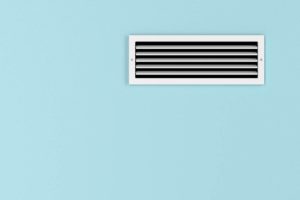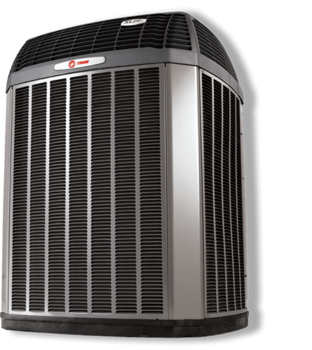Air needs to be able to flow freely in each room of your home for both comfort and safety reasons. Having steady airflow in a room helps it feel comfortably warm in the winter and comfortably cool in the summer. Proper airflow can also help reduce the risk of moisture problems, resulting in a lower risk of health problems. Keep in mind that room size has an impact on airflow.
Measuring CFM
Cubic Feet per Minute (CFM) refers to the volume of air you should have flowing or circulating in a room. Knowing the CFM helps you figure out how to ensure proper airflow while using your HVAC system or a ceiling fan. In general, this involves measuring the room’s length, width, and height to find the cubic footage, then multiplying this by how many times you want the air in the room exchanged per hour. Dividing this answer by 60 gives you the CFM.
Getting these exact measurements, especially knowing the number of times air should be exchanged per hour, can be difficult to determine. Rooms inside homes usually need air exchanged about every four to 10 minutes, although this can vary. Working with a professional HVAC technician can help ensure that you measure CFM correctly.
Room Size and Airflow
In terms of maintaining a steady airflow, room size can affect how you’re able to do this. Larger rooms, for example, might require multiple fans to move air around, while a smaller room might only need one. Keeping air moving or circulating in a larger room is typically more challenging than maintaining proper airflow in a smaller room. When it comes to your HVAC system, keep in mind that your ducts, air registers, and vents can also affect airflow differently depending on the size of the room. HVAC technicians can help make sure that air is circulating properly in each room of your home.
If you’re looking for help improving airflow in your Coastal Bend home, please contact CCAC today. We can help ensure that you have an HVAC system that provides efficient heating and cooling with proper airflow.













